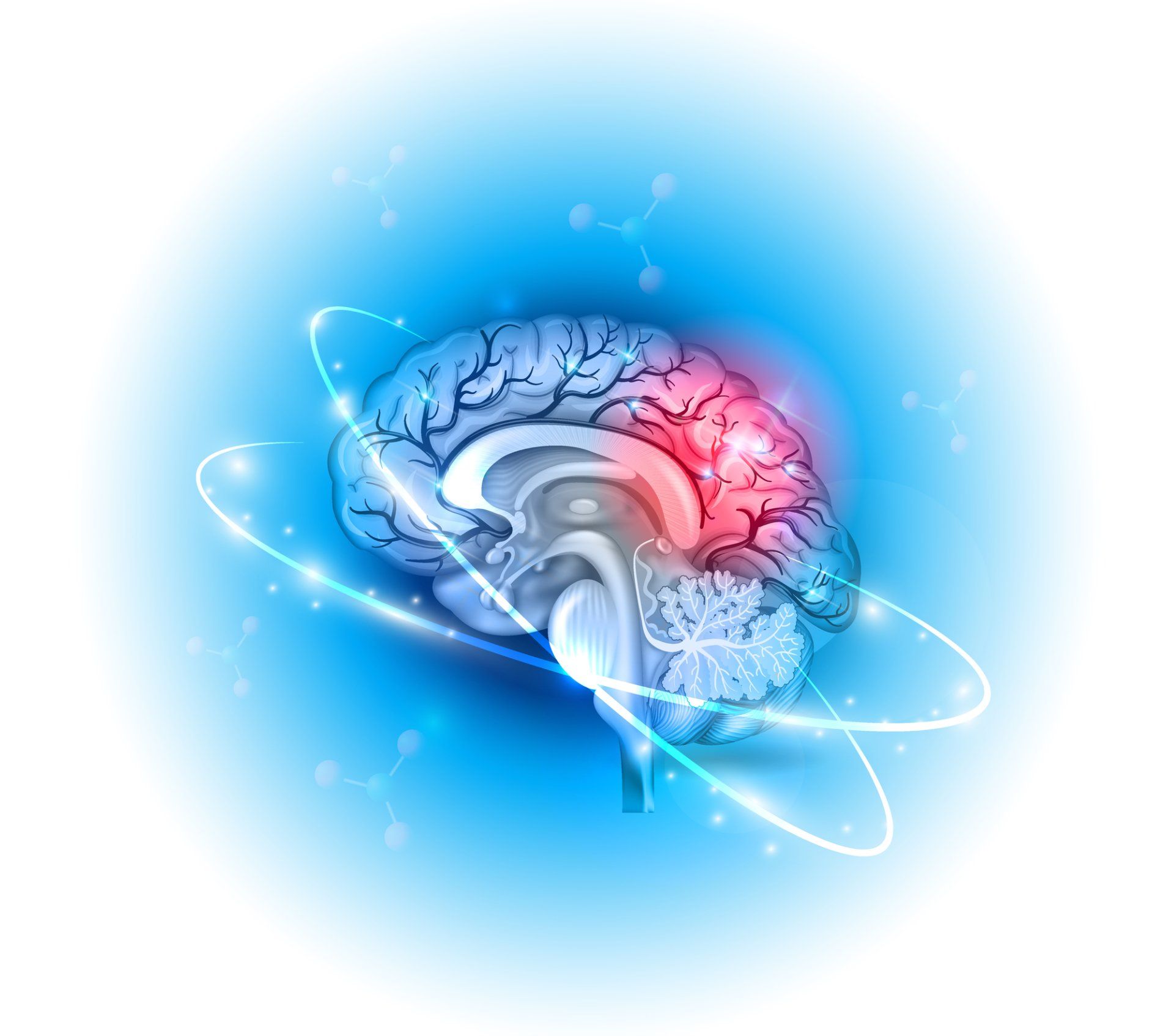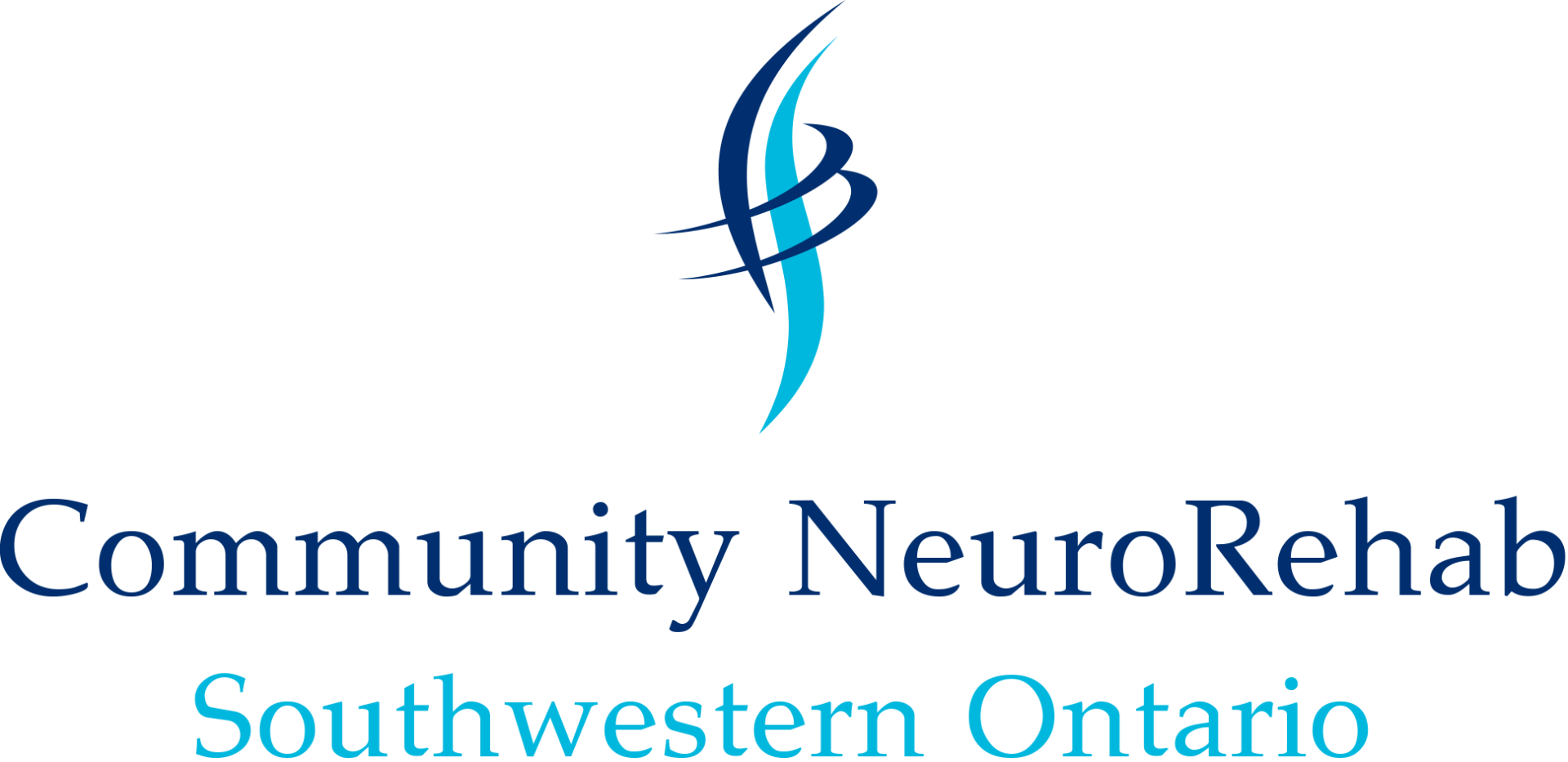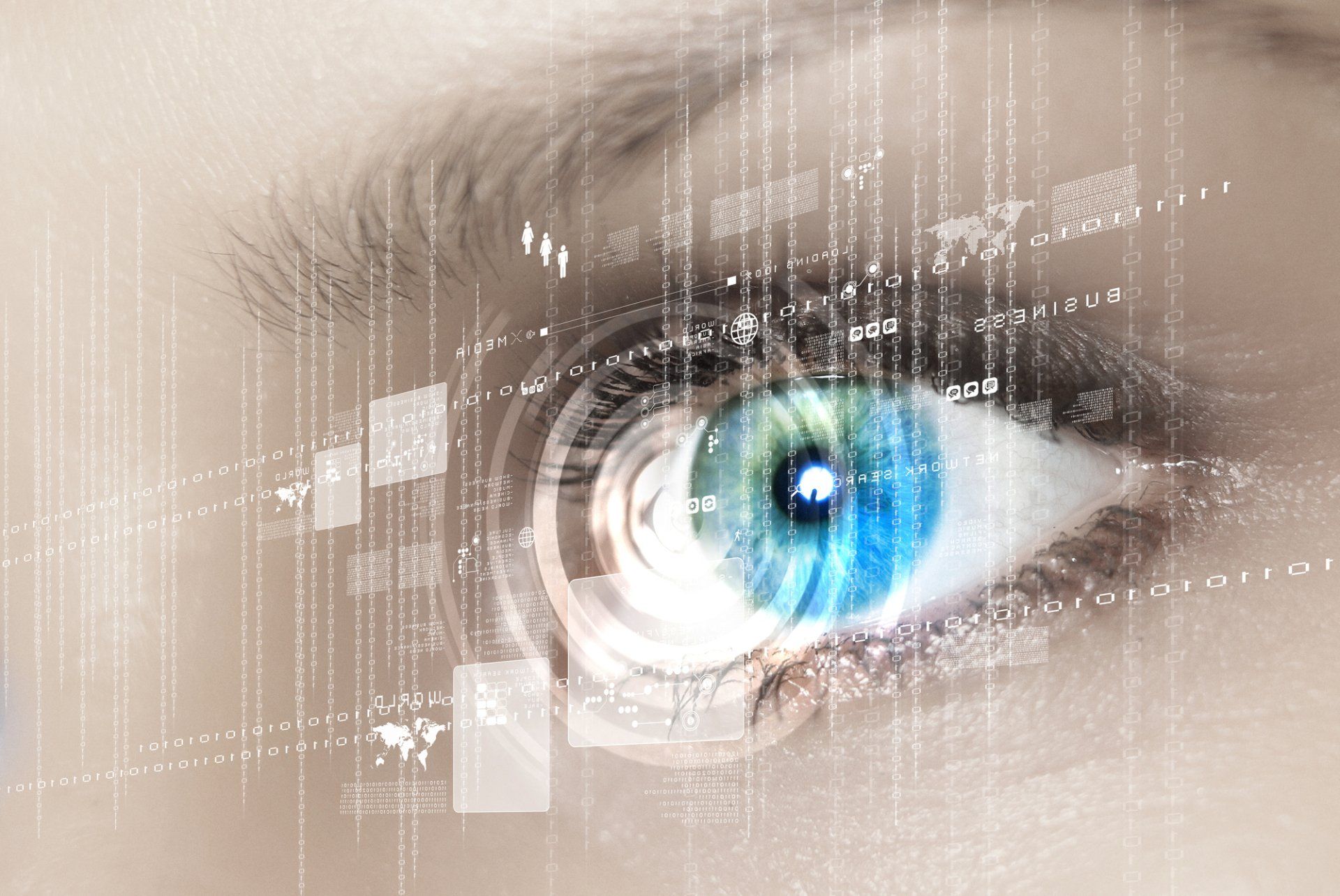The Vestibular System
- By Janelle Wittig
- •
- 16 Sep, 2018
- •
The central nervous system uses information....

What is the Vestibular System?
The central nervous system uses information from a variety of source (vision, proprioception, auditory input, tactile input, cognition, and vestibular input) to maintain postural control and equilibrium.
The vestibular system is the sensory mechanism in the inner ear that detects movement of the head and helps to control balance and an awareness of your spatial orientation (meaning a sense of whether you are right side up or upside down.)
It is common to have vestibular impairment with head injury and whiplash associated disorders.
Symptoms of Vestibular Impairment:
| Dizziness |
Disequilibrium |
| Nausea |
Poor concentration |
| Vertigo |
Fatigue |
| Light headedness |
|
What is Vestibular Rehabilitation (VR)?
Vestibular rehabilitation (VR), or
vestibular rehabilitation therapy (VRT) is a specialized form of therapy
intended to alleviate both the primary and secondary problems caused by
vestibular disorders.
It is an exercise-based program primarily designed to reduce vertigo and
dizziness, gaze instability, and/or imbalance and falls.
The goal of VRT is to use a problem-oriented approach to promote compensation.
This is achieved by customizing exercises to address each person’s specific
problem(s). Depending on the vestibular-related problem(s) identified, three
principal methods of exercise can be prescribed:
1) Habituation
2) Gaze Stabilization, and/or
3) Balance Training
1) Habituation Exercises
Habituation exercises are used to treat symptoms of dizziness that are produced because of self-motion and/or produced because of visual stimuli. Habituation exercise is indicated for patients who report increased dizziness when they move around, especially when they make quick head movements, or when they change positions like when they bend over or look up to reach above their heads. Also, habituation exercise is appropriate for patients who report increased dizziness in visually stimulating environments, like shopping malls and grocery stores, when watching action movies or T.V., and/or when walking over patterned surfaces or shiny floors. The goal of habituation exercise is to reduce the dizziness through repeated exposure to specific movements or visual stimuli that provoke patients’ dizziness. These exercises are designed to mildly, or at the most moderately, provoke the patients’ symptoms of dizziness. The increase in symptoms should only be temporary, and before continuing onto other exercises or tasks the symptoms should return completely to the baseline level. Over time and with good compliance and perseverance, the intensity of the patient’s dizziness will decrease as the brain learns to ignore the abnormal signals it is receiving from the inner ear.
2) Gaze Stabilization Exercises
Gaze Stabilization exercises are used to improve control of eye movements so vision can be clear during head movement. These exercises are appropriate for patients who report problems seeing clearly because their visual world appears to bounce or jump around, such as when reading or when trying to identify objects in the environment, especially when moving about.
There are two types of eye and head exercises used to promote gaze stability. The choice of which exercise(s) to use depends on the type of vestibular disorder and extent of the disorder. One type of gaze stability exercise incorporates fixating on an object while patients repeatedly move their heads back and forth or up and down for up to a couple of minutes.
The other type of gaze stability exercise is designed to use vision and somatosensation (body sense) as substitutes for the damaged vestibular system. Gaze shifting and remembered target exercises use sensory substitution to promote gaze stability. These exercises are particularly helpful for patients with poor to no vestibular function, such as patients with bilateral (both sides) inner ear damage.
3) Balance Training Exercises
Balance Training exercises are used
to improve steadiness so that daily activities for self-care, work, and leisure
can be performed successfully. Exercises used to improve balance should be
designed to address each patient’s specific underlying balance problem(s).
Also, the exercises need to be moderately challenging but safe enough so
patients do not fall while doing them. Features of the balance exercises that
are manipulated to make them challenging, include:
• Visual and/or somatosensory cues
• Stationary positions and dynamic movements
• Coordinated movement strategies (movements from ankles, hips, or a combination of both)
• Dual tasks (performing a task while balancing)
Additionally, balance exercises should be designed to reduce environmental
barriers and fall risk. For example, the exercises should help improve
patients’ ability to walk outside on uneven ground or walk in the dark.
Ultimately, balance training exercises are designed to help improve standing,
bending, reaching, turning, walking, and if required, other more demanding
activities like running, so that patients can safely and confidently return to
their daily activities.
Exercises may, at first, make symptoms seem worse. But with time and consistent
work, symptoms should steadily decrease, which means participation in
activities of daily life will be easier for patients to do.
Anxiety, panic, and depression occur frequently with vestibular disorders and can cause difficulty with managing symptoms. Frequently, patients will restrict their activity to avoid increasing their vestibular related symptoms. While this coping strategy may reduce the anxiety a patient experiences as a result of their symptoms, it limits compensation that is necessary to promote recovery. With slow, progressive exposure to movement and activity patients can experience improvement in their vestibular symptoms, which help reduce their anxiety.
See more at: http://vestibular.org/understanding-vestibular-disorder/treatment/treatment-detail-page#sthash.l53vC...


